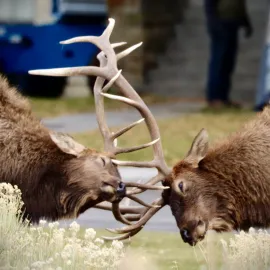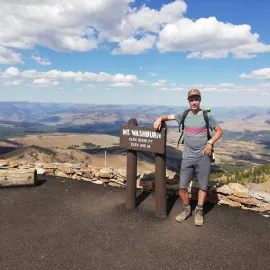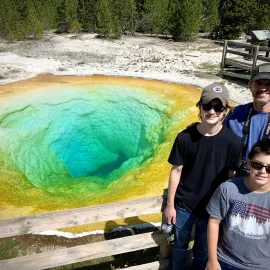Where to Find Wolves in Yellowstone
The return of the Gray Wolf to Yellowstone National Park is one of the most famous conservation success stories of all time. Many people come to Yellowstone now specifically to see wolves (Canis lupus) in the wild, whereas before 1995 they were nearly nonexistent here. Wolves are native to Yellowstone and the surrounding Rocky Mountains but were extirpated by 1927. It took almost 60 years for them to make a comeback.
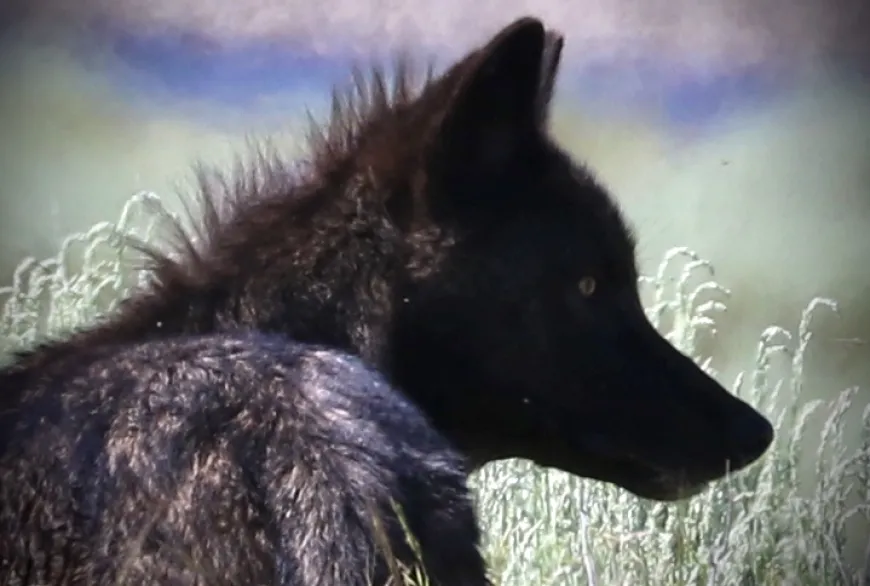
During the winters of 1995-1996, 41 Gray Wolves from Canada were reintroduced to the Park. Now they are well established in Yellowstone and are found throughout the Northern Rockies of Montana, Wyoming and Idaho. About 120-130 wolves currently roam Yellowstone.
Even though Yellowstone is probably the best place in the world to spot wild wolves, it’s not always easy to find them. Yellowstone itself is more than 2.2 million acres and is surrounded by Wilderness areas, so wolves have a lot of room to roam and often disappear for days or weeks. Your best bet is the hire a naturalist guide who will know where and when wolves are most likely to appear.
Best Time of Year To See Wolves
Seasonally, winter is the easiest time to spot wolves in Yellowstone. With their thick coats of fur, wolves are often sluggish during warm summer days, when they may lie in the shade all day sleeping and digesting. They are easier to see in the snow, and are more active during the day during the cold months. If they have made a kill and are out in the open feeding on the elk or bison, you are in luck and they should be easy to see and exciting to watch.
Many of Yellowstone’s wolves are black, which helps a lot for spotting them in the snow. Mating season for wolves is primarily in February. This is a great time to see them because they are covering quite a bit of ground and doing a lot of howling, posturing and chasing around.
Winter is also the hardest time to get into the park, with only one road (the northern road from Gardiner, MT to Cooke City, MT) staying open all year. Much of the Park is only accessible in winter by snowcoach or snowmobile, though if you have the desire to do so, it is well worth planning such a trip to the “interior” of the park. Fortunately, much of Yellowstone’s best wolf watching is found along this northern road.
Wolves are usually crepuscular, that is, active at dusk and dawn. They frequently hunt at night or in the twilight. So your best bet is to get out early. Be at your chosen viewing spot before sunrise if possible. In summer, this means a very early start (before 5 a.m.), but in early winter it’s closer to 7:30 a.m. Check the weather report for sunrise timing and predicted temperatures. It’s going to be cold so bring your hot drinks and bundle up!

You may not see wolves right away, but you can often hear them. Winter is a quiet season with little traffic so be sure to stop and listen. When you hear a wolf howl, you will know it. You should also listen for coyotes, who will make an alarm bark when wolves are in the area, and look and listen for ravens. These black birds scavenge at carcasses killed by wolves and can be a great way to spot wolves. You should also watch grizzly bears in the spring, summer and fall, as some of these bears will steal carcasses from wolves. Spot the bear as it is feeding and wolves may be lurking nearby.
Best Locations To See Wolves
Lamar Valley
Lamar Valley in Yellowstone’s Northeast corner is well known as the easiest spot to see wolves. The Junction Butte Pack of 19 wolves is often seen here. Lamar is wide open and well supplied with paved pullouts where you can park, get out of your car and scan a wide area of open landscape. However, other nearby areas can be just as good or better for wolf spotting. Slough Creek, just east of Lamar Valley, as well as the adjacent valley of Little America, is a great place to look for the Junction Butte wolves. Find a pullout, go up on a hill a bit away from the road and listen and watch. Look for people with scopes and cameras set up. Stop, get out of your car and ask around about what others are seeing. Contact us to learn more about Lamar Valley wolf tours.
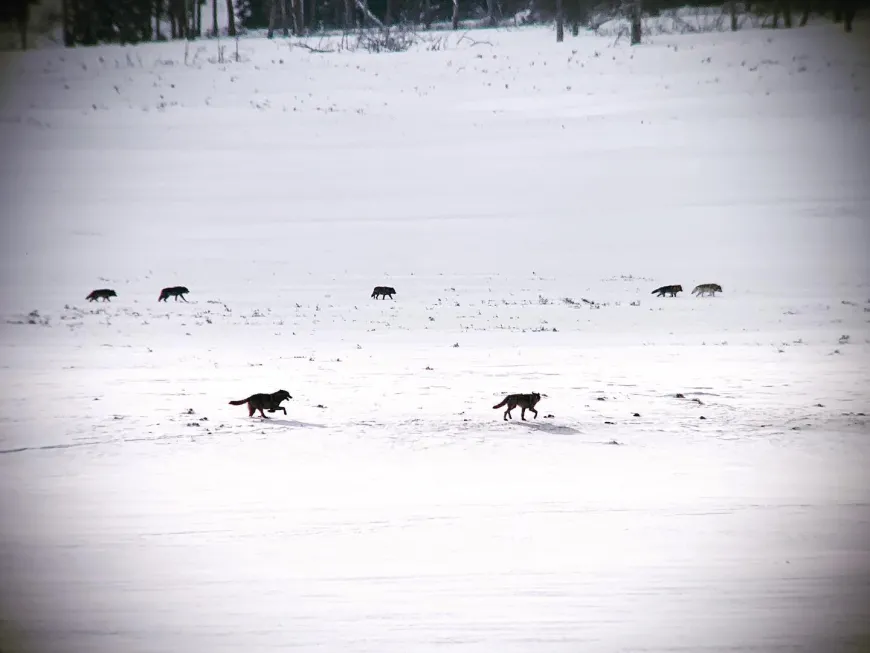
Elk Creek
Elk Creek, near Tower Junction, has lately been a good spot to see a different pack – the Wapiti Lake pack, also 19 wolves. This wide-ranging pack - famous for its beautiful white alpha female - is usually found around Hayden Valley in Yellowstone’s interior, south of Canyon Village. They roam much of the park’s interior, and in the winter they often move up onto the Northern Range for better hunting. They are sometimes spotted from the Hellroaring Overlook, a pullout on a high point a few miles east of Tower Junction.
Blacktail Plateau
Another pack, the 8 Miles, with a dozen or so wolves, have taken up residence on Blacktail Plateau. This is the wide open stretches of country west of Lava Creek on the road between Mammoth and Tower Junction. These wolves denned there in 2019, and are usually far away to the north, so they can be hard to spot. You can look from the big parking area for the Forces of the Northern Range nature trail on the high point of Blacktail Plateau.
Hayden Valley
As more of the Park’s interior roads open up in the Spring, Hayden Valley is generally the most likely spot for wolf watching in the interior. The Wapiti Lake Pack often dens on the west side of the Yellowstone River at the north end of Hayden Valley. Grizzly Overlook or some of the wide pull outs north of there are the best places to watch.
Other Locations to See Wolves in Yellowstone
You might spot wolves elsewhere in Yellowstone too. The Lamar Canyon pack is only a couple of wolves now, but are sometimes seen near the Northeast Entrance along Soda Butte Creek. The Cougar Creek Pack is once and a while spotted along the West Entrance road or near Old Faithful among the geysers.
Blog post by Phil Knight. Phil Knight is Bozeman local, author, outdoor enthusiast, and guide for Yellowstone Guidelines. For tours and adventures in Yellowstone with Phil, contact us at 406-599-2960 or tours@yellowstoneguidelines.com.
Book a Wolf Tour in Yellowstone




